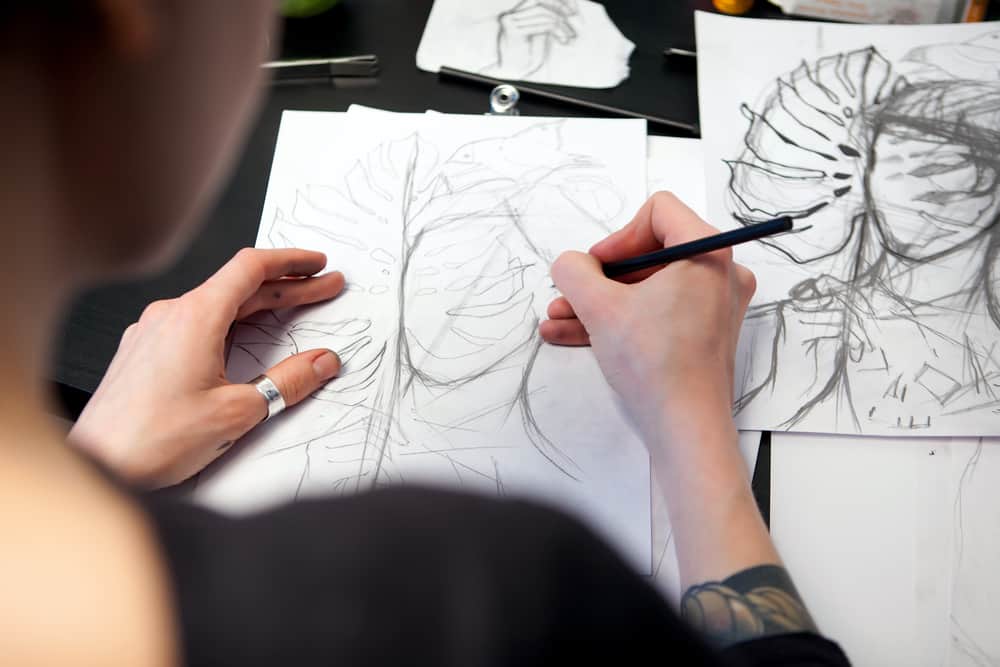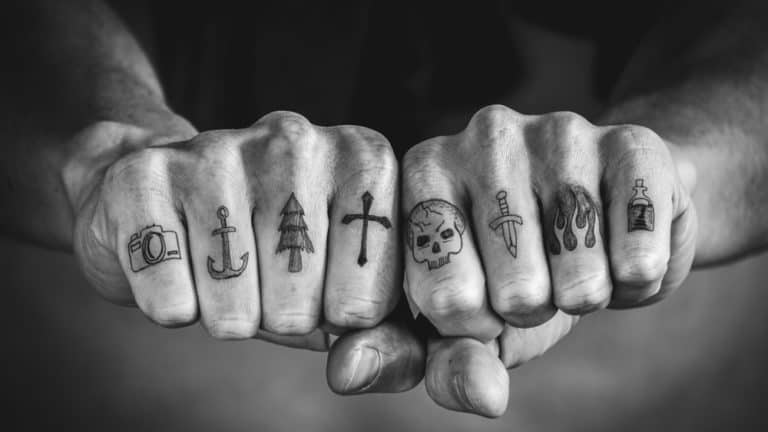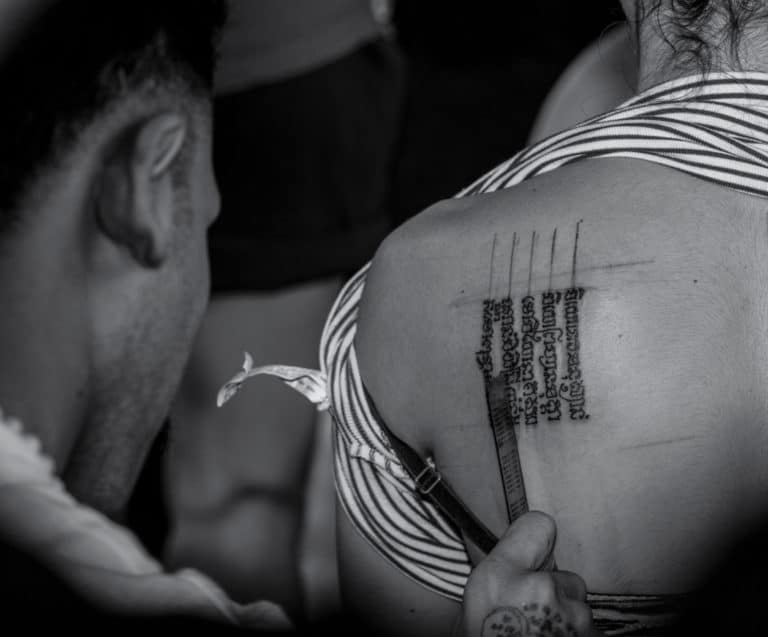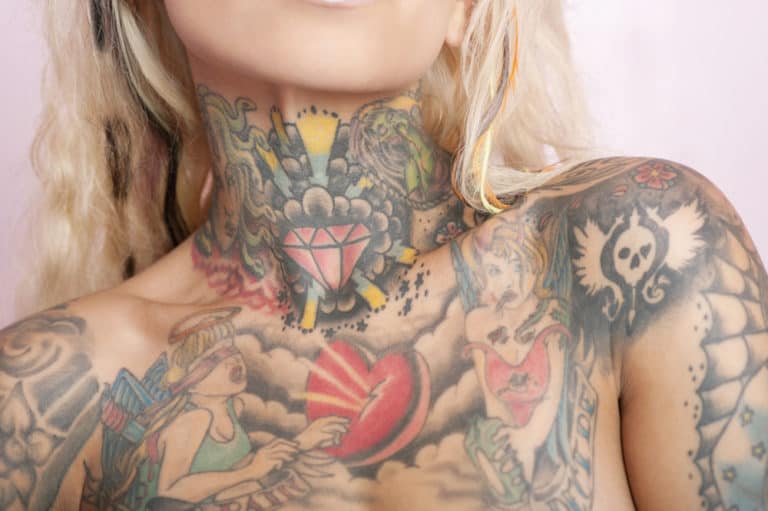Do All Tattoo Artists Know How To Draw?
Tattoo artists spend years refining their skills and becoming experts in their field. But there is more to being a tattoo artist than may initially meet the eye. Most tattoo artists need some sort of artistic ability or art background to succeed in their field.
Tattooing is very different from drawing. The two art styles differ in terms of their medium, canvas, techniques, and the permanence of the resulting images. While you can be a tattoo artist if you can’t draw, you may be limited in the types of tattoos you can create for your client.
Suppose you’re an aspiring tattoo artist, and you’re wondering whether or not your drawing ability will exclude you from pursuing your dream. In that case, you may be interested to know about your options. Our article gives you a quick rundown on the correlation between artistic ability and becoming a full-fledged tattooist.
How Different Is Tattooing From Drawing?
Drawing and tattooing may seem similar, but there are a few fundamental differences between the two art styles.
The first difference is the medium. Sketching or drawing uses pencils, pens, markers, and charcoal to transfer your art onto the page. Alternately, tattooing uses a needle or large group of needles to transfer the ink underneath your skin.
There is a huge divide between different mediums when it comes to art. If you are used to creating your art using pencils, you may find charcoal a lot more difficult. This is because the feel and technique that goes into mastering a medium are unique for each one.
Taking this into account, knowing how to sketch doesn’t necessarily mean that you’ll be able to create a similar image when using a different medium like a tattoo needle or gun.
The second difference is permanence. While you can erase your drawings or sketches and start again, tattoos are permanent. If you make a mistake using a tattoo gun, you won’t be able to undo it, and you will more than likely need to get a tattoo touched up to fix a mistake.
Next is your canvas. Of course, you can draw on almost anything, although your canvas is generally a flat, hard, and stationary surface. In tattooing, your canvas is skin. And this skin is attached to a living and breathing person.
Although the skin is tough, it is also soft due to the muscle and fat underneath the epidermal layer. More overly, skin is elastic, and people tend to move when being tattooed. The movement and consistency of skin make it much more difficult to transfer your art onto than putting a pencil to paper.
Drawing and tattooing also use very different shading, coloring, and linework techniques. Tattoos require more detailed linework and more intricate shading techniques than sketching, and depositing color into the skin is a lot different than using a colored medium to draw with or create color.
You’ll also need a steady hand for tattooing. Because the tattoo gun repeatedly pushes and pulls the tattoo needles in and out of the skin, the gun will vibrate in your hand. An artist who knows how to draw may not be used to this sensation and can cause uneven and skew lines if you cannot control the gun properly.
All in all, tattooing and drawing are both unique art forms that require a lot of expertise to master.
That isn’t to say that tattoo artists can’t draw and that drawing doesn’t give you an advantage as a tattoo artist, though. The two can sometimes go hand in hand.
Can You Be A Tattoo Artist If You Can’t Draw?
The answer to this question is more complicated than a simple ‘yes’ or ‘no.’
While you can get into tattooing without being able to draw, you will be severely limited in the tattoos that you can create. Without some sort of artistic background, you may only be able to create a flash or pre-drawn tattoos.
There is still some demand for flash tattoos in the industry today. However, it is becoming more and more common for tattoo artists to create custom designs for their clients.
To become a tattoo artist, you’ll also need to be able to provide a portfolio of your art. Your portfolio is a way to show your overall creativity and artistic ability and can make the difference between securing an apprenticeship and being rejected by a tattoo shop.
The final takeaway is that as a tattoo artist, your ability to perform is greatly limited if you cannot draw. Because of this, you may find that having a basic understanding of the fundamentals of drawing and other art styles could help to improve your skills in tattoo artistry.
The majority of people who get tattoos don’t want to have the same design as everyone else. Most clients will seek out a design that has a unique meaning for them and an artist that can bring their design ideas to life.
If your client wants a custom design, not having an artistic background may put you in an awkward and embarrassing position, and you will limit your clients in the types of tattoos that they will be able to get from you.
In addition, you’ll have to rely on generic designs that may or may not meet the needs of the client, which may hurt your reputation as a tattooist and make it difficult for you to find loyal clients and steady work.
Conclusion
As an aspiring tattooist, you may need to acquire some basic drawing and art skills and techniques before you’re able to secure an apprenticeship at your local tattoo shop. Without these skills, your career as a tattooist may not be as successful as others, and you will be limited in the types of tattoos that you are able to create for clients.
Although drawing is beneficial, it isn’t a requirement. Drawing simply helps you to get a better grip on tattooing and generate interest in your work through your portfolio.







